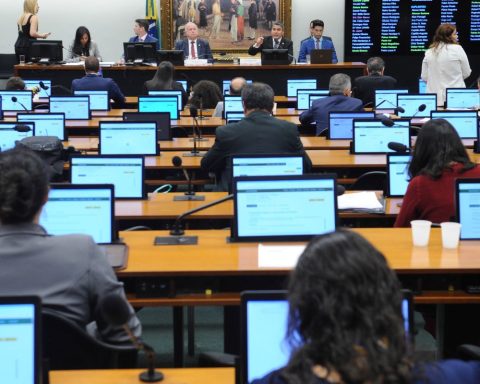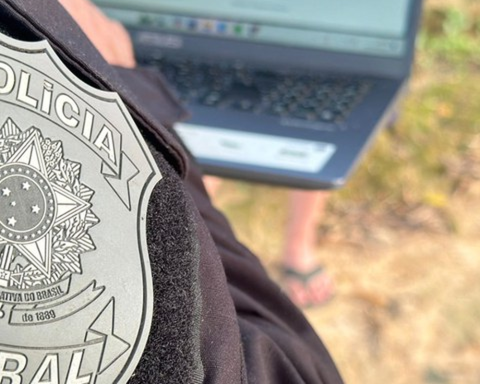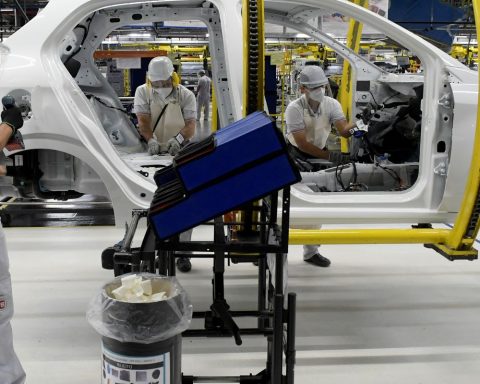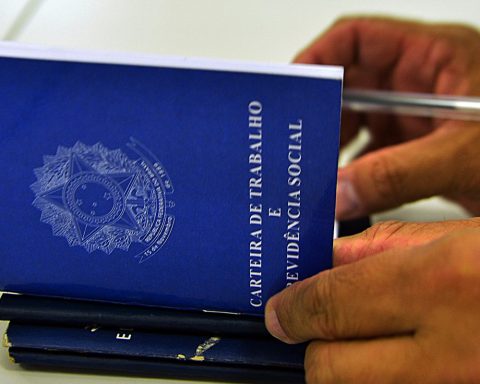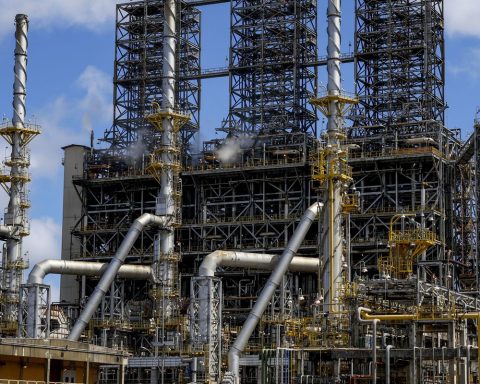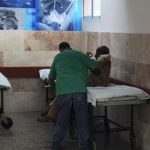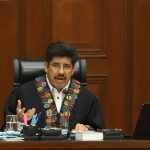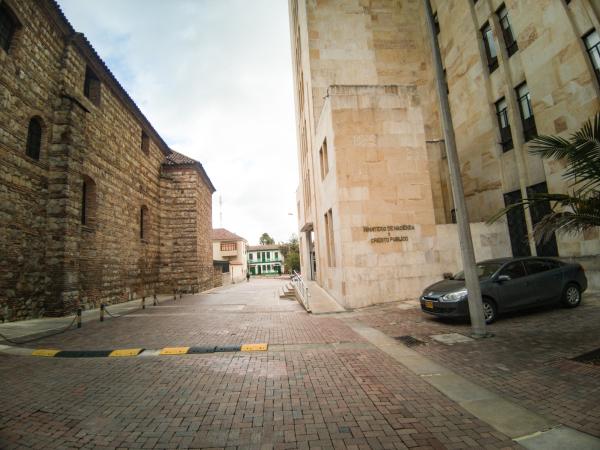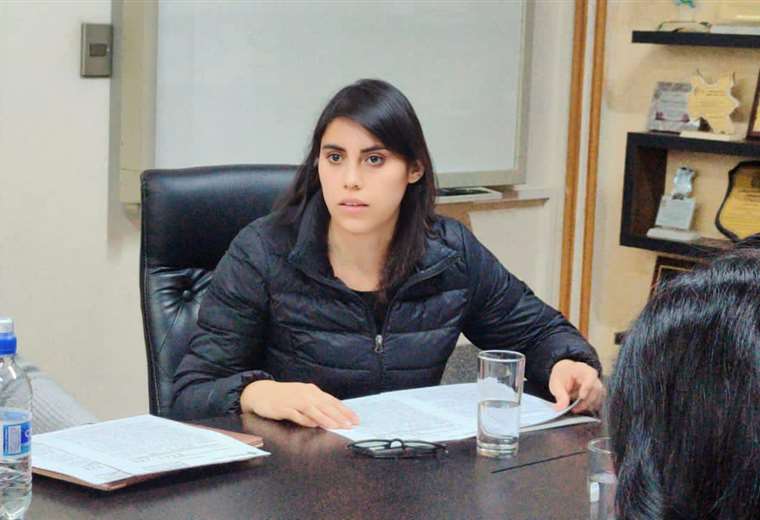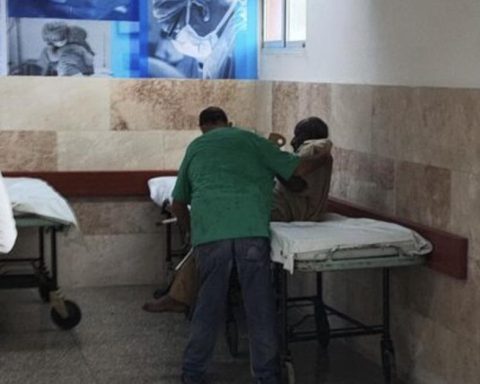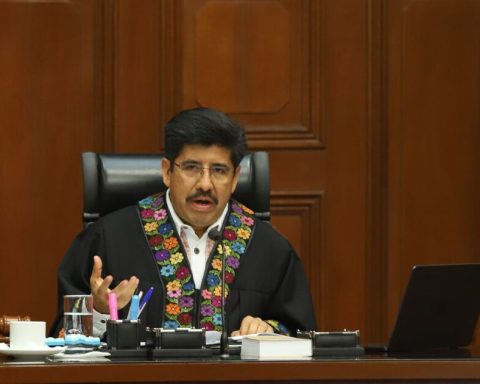President Luiz Inácio Lula da Silva pledged on Tuesday (10) to resume negotiations for the reconstruction of BR 319, which connects Manaus, in Amazonas, to Porto Velho, in Rondônia. The paving of the highway has been the subject of controversy for decades because it crosses an environmentally sensitive region of the state. Amazon rainforest.
For Lula, it is important to ensure that there will be no deforestation. “We want to reach an agreement, the state and the Federation. We will have to ensure that we will not allow deforestation and land grabbing near the highway, as is common in this country. We build a highway, and soon they are destroying it on the right and left sides, there are people burning, there are people grabbing, there are people killing, there are people raising cattle where there is no need to raise cattle,” said Lula during a visit to the Kainã Village, home to the Munduruku people, in Manaquiri, Amazonas.
“We need to stop this story of thinking that our comrade Marina [Silva, ministra do Meio Ambiente] who does not want to build BR 319. It was built in the 70s, it was abandoned due to negligence by I don’t know who, and it stopped working. It has a part here that works, a part there that works, and in between there are 400 kilometers that were rendered useless”, added the president.
Lula argued that there are international demands for the preservation of the forest, but he stated that the government’s policy is to develop the region economically, with environmental sustainability. “The world that buys our food is demanding that we preserve the Amazon. And why? Because they want us to take care of the air they breathe. They did not preserve their lands in the last century, when the industrial revolution took place,” he said.
“We want to use the Amazon not as a sanctuary for humanity, but as the sovereign heritage of this country and study the richness of its biodiversity to see if we can make it possible for indigenous peoples, riverside dwellers, our rubber tappers, and our extractivists to live and earn money through the preservation of the Amazon,” explained Lula.
According to the president, the talks to resume the works will involve several ministries of the federal Executive, local governments, members of parliament and “whoever else is necessary”. “We are aware that, while the river was navigable and full, the highway was not as important as it is when the Madeira River was alive. And we cannot leave two capitals isolated. But we will do so with the utmost responsibility and we want to build a true partnership”, he added.
Working group
BR 319 is 918 kilometers long and crosses the Amazon. Construction work began in 1968but they were never completed and the highway was closed in 1988 due to abandonment, lack of maintenance of inaugurated sections and impasses.
In 2022, still under the Jair Bolsonaro government, Ibama issued a preliminary license to resume paving the so-called Middle Section, which is 405 kilometers long and corresponds to the area with the highest vegetation density on BR 319. Today, there is an injunction from the Federal Court of Amazonas suspending this license due to the lack of measures to prevent the destruction of the forest, in an action filed by the Climate Observatory.
BR 319 connects 22 municipalities in the interfluve region of the Madeira and Purus Rivers and the current government also considers reconstruction essential for the development of the region. report from the Ministry of Transportreleased in June of this year, concluded that the highway paving work is technically feasible. It is the result of discussions by the highway Working Group (GT), created in November 2023.
“The document indicates that there is feasibility for interventions in what is known as the Middle Section, which goes from the Bridge over the Jordão River to the junction with BR-230 (km 250 to km 655.7). And also on Line C-1, which includes the crossing of the Tupana River (km 177.8 to km 250). BR-319/AM connects Manaus, the capital of Amazonas, to Porto Velho, in Rondônia. This highway is the main land access between these states and the rest of the country,” says the ministry, which also states that “there is room for the project to be carried out sustainably.”
According to the ministry, governance among the various competent bodies is one of the main challenges for controlling and monitoring the ecosystem around the highway. The next stage of the work includes a series of meetings to draft cooperation agreements between the Ministry of Transport and the other bodies involved in the project.
Historic drought
Lula is in Amazonas and visited Manaquiri and Tefé, talking to the communities to establish actions to combat drought in the region. This afternoon, he will be in Manaus to meet with mayors and announce measures.
Of the 62 municipalities in Amazonas, 61 have had federal recognition of the state of emergency due to the drought. The measure allows for the rapid release of resources and support from the Union.
The announcement concerns the bidding for four maintenance dredging projects on the Amazon and Solimões Rivers. Over a period of five years, R$500 million will be invested to ensure safe navigation and the flow of inputs, to reduce the effects of the severe drought affecting the region. The projects are part of federal actions in response to the worst drought the Amazon has faced in 45 years.
“During the dry season, it is possible to observe the formation of beaches and the emergence of rocks. Therefore, there is a need for dredging to remove sediment accumulated within the navigation channel and reestablish the minimum safe depth for navigation, as established by the Brazilian Navy. Dredging is carried out at specific points, called critical passes — places where sediment has accumulated, and not throughout the riverbed. In compliance with environmental licensing, the removed sediment is deposited at another point in the river, outside the navigation channel,” explained the Presidency, in a statement.

